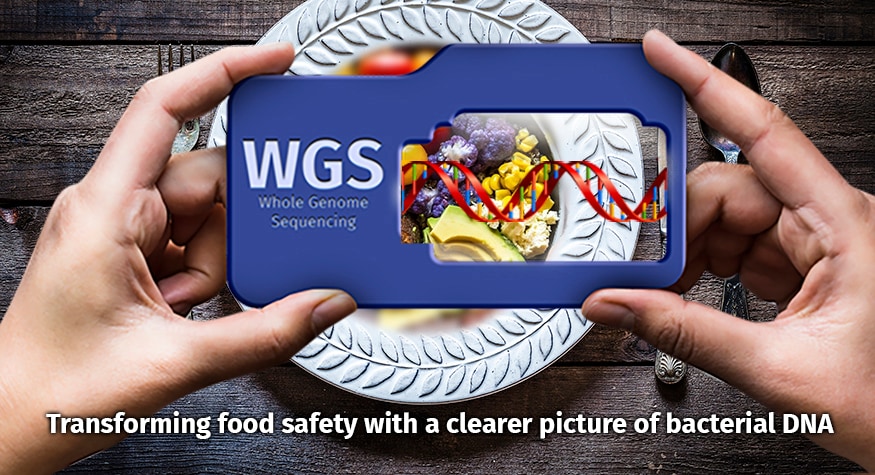Tracking antibiotic-resistant bacteria with better, faster detection

If bacteria in something you ate made you sick, you probably got over it within a week. Had your immune system been weaker, you may have needed antibiotics. If you did, the antibiotics might not have worked. That’s because some enteric, or intestinal, bacteria, such as Salmonella, have become resistant to antibiotics. Tracking the growing health threat caused by antibiotic resistant bacteria is an urgent need to protect people’s health.
The National Antimicrobial Resistance Monitoring System for Enteric Bacteria (NARMS) tracks antibiotic resistance in bacteria collected from ill people, animals, and food found at stores. The program, a collaboration among CDC, FDA, USDA, and state and local health departments, uses advanced technology called whole-genome sequencing (WGS) to identify resistant bacteria. Public health workers use WGS information to identify resistance trends, link illnesses to sources, such as food or animal contact, and help solve outbreaks. Since 2016, CDC and state and local health departments have collaborated to build capacity for WGS technology with the help of federal funding to combat antibiotic resistant bacteria and, in 2019, WGS replaced older technologies as the new standard for outbreak detection. WGS and the NARMS surveillance system are powerful tools in the fight against antibiotic resistance.